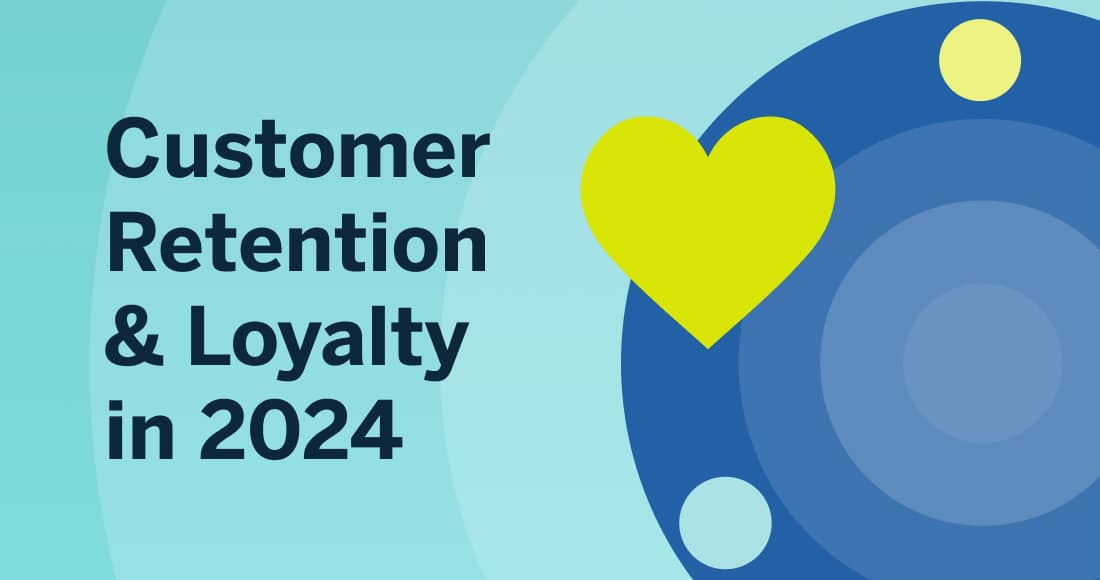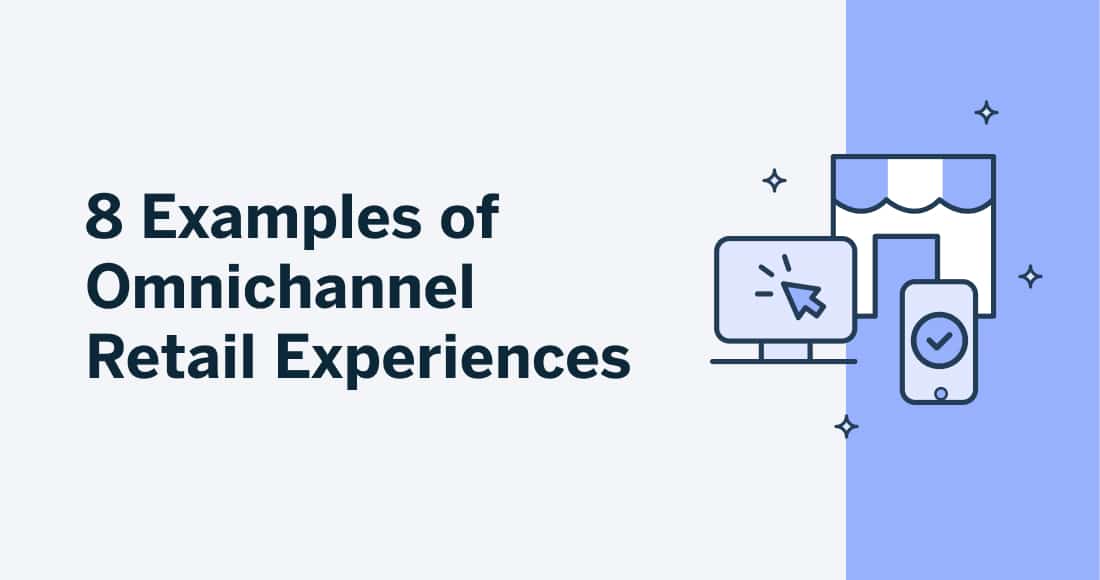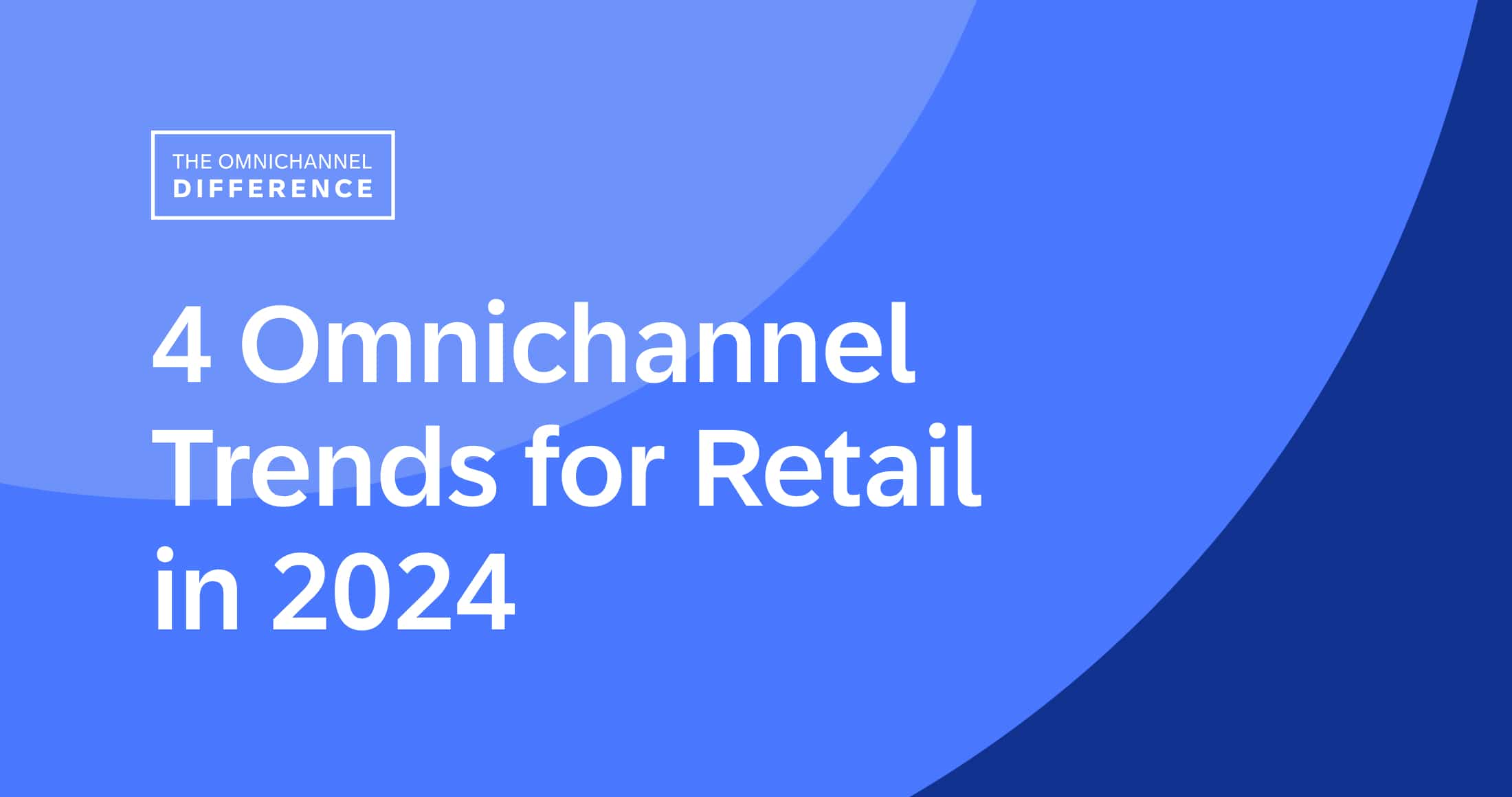There’s been a long-overdue sea change in marketing: Customers are now in control of the relationships with brands, not the other way around. Their standards are high, and their tolerance for lackluster experiences is low. Dissatisfied customers quickly move on to other brands. If you want loyal, lifelong customers, you must meet their expectations.
And while lasting relationships with today’s customers are contingent on your brand’s ability to deliver highly relevant, contextual, personalized experiences, there’s another critical factor that cannot be overlooked: trust. If customers can’t trust your brand, you can’t have their business.
Earning a customer’s trust — and in turn, their loyalty — starts with being transparent. So if your goal is to increase customer loyalty in 2021, brand transparency is absolutely essential.
What is Brand Transparency?
“Over 90% of consumers say transparency by a brand is important to their purchase decisions.”
(Forbes)
Brand transparency is all about being open and honest when it comes to your products, your pricing, your values, and how you do business overall. It gives customers a view into what your company is all about. Google recently cited brand transparency as a critical competitive differentiator.
Transparency is conveyed through your openness, your communication, your company’s degree of accessibility (and how available its people are), and even your willingness to acknowledge and admit mistakes.
Businesses aren’t always perfect, and not everything goes to plan. So whether you abruptly change prices, remove or change a popular service, accidently deliver a faulty product, or send out an email blast that definitely shouldn’t have been sent, all customers ask is that you’re honest about the “why” behind it, and/or what you’ll do to fix it.
How Does Transparency Garner Customer Loyalty?
“94% of all consumers are more likely to be loyal to a brand when it commits to full transparency.“
(ink.com)
The cornerstone of any lasting relationship is honesty and transparency. So naturally, if customers are going to forge a long relationship with your brand, they expect you to provide this.
The more a customer shops with you, the more you learn about them, particularly if they share their data and preferences. But are you providing opportunities for that customer to get to know you? The customer-brand relationship is a two-way street.
Visible and accessible customer reviews (yes, even the negative ones), frictionless paths to contact your support team, detailed information about your products and sources — these go a long way in helping customers learn about your brand.
And the more transparent you are, the more trust you establish, and the more customer loyalty you can garner. 56% of customers will be loyal to a company for life if it provides complete transparency (ink.com).
5 Ways to Improve Brand Transparency and Image in 2021
If increasing customer loyalty and delivering business results is your 2021 goal, being more transparent must be part of your strategy. Here’s five ways you can improve brand transparency this year:
1. Be Open About Data Storage and Usage
For years, customers were kept in the dark about how their data was used and where it was stored. In the past, not all brands made the effort to be clear and concise about data storage and usage.
However, over the next few years, we’ll see major changes to advertising and data collection regulations. The majority of data you use to fuel your marketing efforts must come directly from the customer. The more direct you are about how you will use the data and what protections are in place to make sure a customer’s data remains safe, the better data you will receive in exchange.
Here’s how Periscope communicated information about data to its customers:

2. Be Honest About Pricing Practices
Customers understand that, at the end of the day, you’re running a business. Making money is necessary. Although satisfying the customer’s needs and desires must remain your top priority, you have obligations to internal and external stakeholders, too.
Even a simple (but direct) explanation about how you price your products and/or services does wonders for establishing trust with customers. It also helps you retain more customers when pricing changes. For example, when Netflix raised the prices on their subscription service, they were straight-up with their customers: “Prices are being updated so that we can continue to offer more variety of tv shows and films” (theverge.com).

3. Communicate Sustainable Endeavors
Although customers understand you are running a business, they also love to see that your company has a purpose beyond the singular aim of growth and revenue.
Share with your customers any of the charity-based or community-focused endeavors you may be involved in. You can even recruit your customers to participate. Not only does this help the cause your company is championing, but it makes customers feel good knowing that a brand they support and patronize is working toward positively impacting their community and the world at large.
Here’s how US coffee retailer Intelligentsia is transparent about its involvement with the community:

4. Cultivate Better Quality Interactions
Today’s customers demand personalized 1:1 omnichannel experiences. But to deliver those experiences, you’ll need lots of high-quality customer data. Personalized experiences will lead to greater customer loyalty, particularly from high income earners, according to eMarketer.
If you’re transparent in the fact that you need a customer’s data in order to provide them better quality experiences, they’re more likely to share it. This is especially true when you frame it as a collaboration in shaping their brand experience. You can invite customers directly to state their preferences so that you can provide them with tailor-made, relevant 1:1 personalization, just like Sur La Table does.

5. Run a Repermissioning Campaign
Delivering personalized 1:1 experiences requires you to process lots of personal data, which means you’ll need your customers’ consent to do so. If you haven’t captured customer consent in a GDPR-compliant way, or if you can’t identify exactly how, when, and where consent was obtained, you’ll need to ask again in the form of a repermissioning campaign.
Here’s where transparency really works in your favor. Just be direct with the customer about exactly what you’re asking for, why you’re asking for it, and how it will benefit them. A customer will feel more comfortable opting-in if they are fully informed, and their consent will allow you to maintain continuous, lasting engagement with them.

Final Thoughts
At the end of the day, customers have the final vote on which businesses succeed, and which ones fail. That’s because customers control the relationship, and their purchasing power is their voice. If they are going to spend money and remain loyal to your brand, they need to feel good about the relationship. They need to trust your brand.
Honesty is not only the best policy, it’s one of the best business strategies if your goal is to drive repeat purchases and convert first-time buyers. As you look for ways to increase customer loyalty in 2021, consider this simple-but-powerful step: be more transparent.
Handpicked Related Content:














